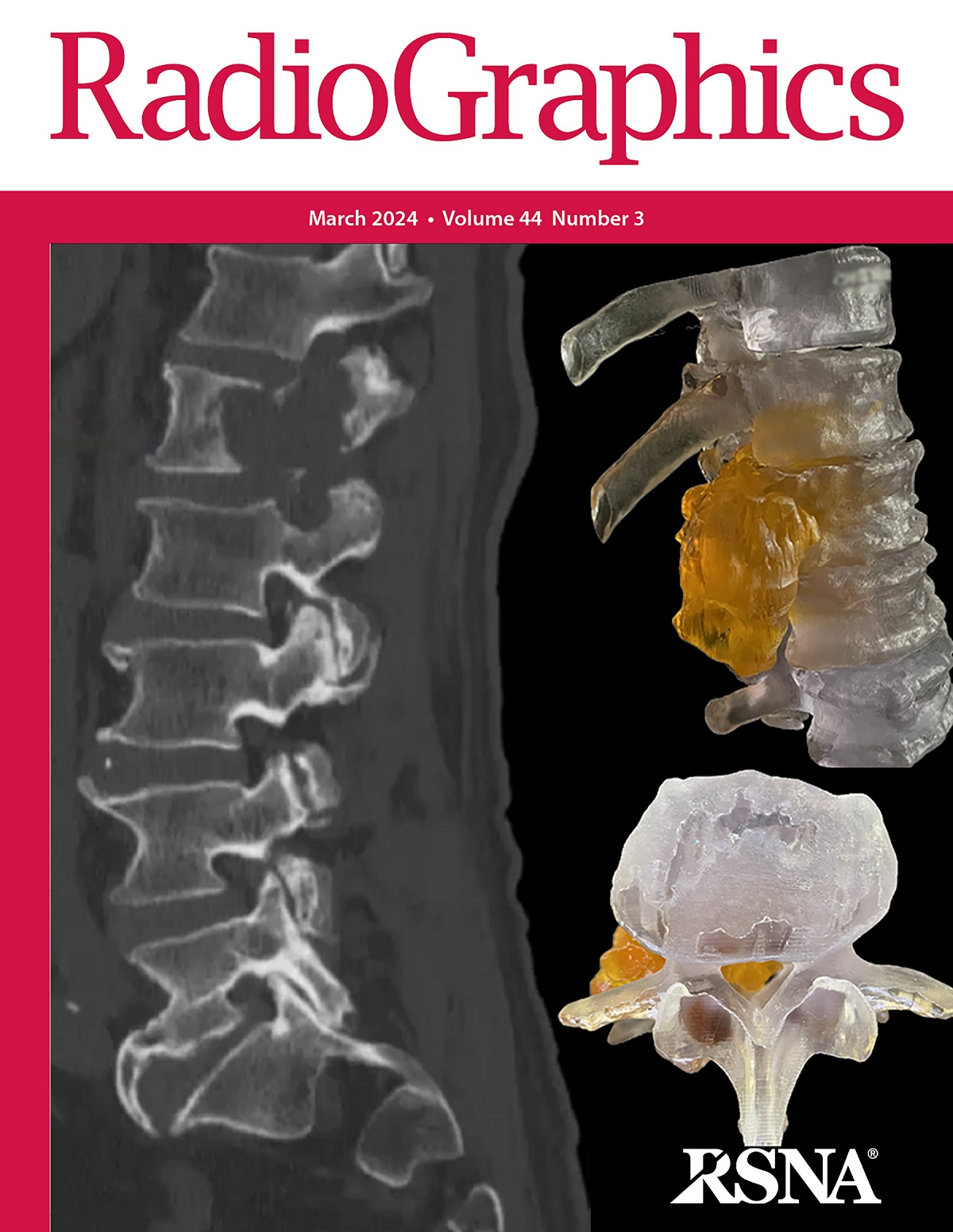求助PDF
{"title":"马蹄内翻足:先天性马蹄内翻足。","authors":"Adham do Amaral E Castro, Júlia B Peixoto, Lucas K Miyahara, Marina C Akuri, Tatiane L Moriwaki, Vitor N Sato, Ulysses P Rissato, José A Pinto, Atul K Taneja, André Y Aihara","doi":"10.1148/rg.230178","DOIUrl":null,"url":null,"abstract":"<p><p>Congenital talipes equinovarus (CTEV), also known as clubfoot, is a common musculoskeletal entity that affects one to two per 1000 live births worldwide. Imaging modalities including radiography, US, and MRI have emerged as valuable tools for the diagnosis, treatment, and monitoring of CTEV. The deformity is characterized by midfoot cavus, forefoot adductus, and hindfoot varus and equinus. The Ponseti method of manipulation and serial casting is the standard treatment of CTEV. Radiography shows the anatomy, position, and relationships of the different bones of the foot. US allows accurate assessment of cartilaginous and bony structures, in addition to its inherent advantages such as absence of ionizing radiation exposure. One of the indications for US is to monitor the response to Ponseti method treatment. MRI enables visualization of bones, cartilage, and soft tissues and allows multiplanar evaluation of deformities, providing a comprehensive imaging analysis of CTEV. An integrated approach that combines clinical examination and imaging findings is essential for effective management of CTEV. The authors provide a comprehensive overview of CTEV with a review of imaging modalities to help evaluate CTEV, focusing on radiography, US, and MRI. Using this article as a guide, radiologists involved in the assessment and treatment of CTEV can contribute to the management of the condition. <sup>©</sup>RSNA, 2024 Supplemental material is available for this article.</p>","PeriodicalId":54512,"journal":{"name":"Radiographics","volume":"44 7","pages":"e230178"},"PeriodicalIF":5.2000,"publicationDate":"2024-07-01","publicationTypes":"Journal Article","fieldsOfStudy":null,"isOpenAccess":false,"openAccessPdf":"","citationCount":"0","resultStr":"{\"title\":\"Clubfoot: Congenital Talipes Equinovarus.\",\"authors\":\"Adham do Amaral E Castro, Júlia B Peixoto, Lucas K Miyahara, Marina C Akuri, Tatiane L Moriwaki, Vitor N Sato, Ulysses P Rissato, José A Pinto, Atul K Taneja, André Y Aihara\",\"doi\":\"10.1148/rg.230178\",\"DOIUrl\":null,\"url\":null,\"abstract\":\"<p><p>Congenital talipes equinovarus (CTEV), also known as clubfoot, is a common musculoskeletal entity that affects one to two per 1000 live births worldwide. Imaging modalities including radiography, US, and MRI have emerged as valuable tools for the diagnosis, treatment, and monitoring of CTEV. The deformity is characterized by midfoot cavus, forefoot adductus, and hindfoot varus and equinus. The Ponseti method of manipulation and serial casting is the standard treatment of CTEV. Radiography shows the anatomy, position, and relationships of the different bones of the foot. US allows accurate assessment of cartilaginous and bony structures, in addition to its inherent advantages such as absence of ionizing radiation exposure. One of the indications for US is to monitor the response to Ponseti method treatment. MRI enables visualization of bones, cartilage, and soft tissues and allows multiplanar evaluation of deformities, providing a comprehensive imaging analysis of CTEV. An integrated approach that combines clinical examination and imaging findings is essential for effective management of CTEV. The authors provide a comprehensive overview of CTEV with a review of imaging modalities to help evaluate CTEV, focusing on radiography, US, and MRI. Using this article as a guide, radiologists involved in the assessment and treatment of CTEV can contribute to the management of the condition. <sup>©</sup>RSNA, 2024 Supplemental material is available for this article.</p>\",\"PeriodicalId\":54512,\"journal\":{\"name\":\"Radiographics\",\"volume\":\"44 7\",\"pages\":\"e230178\"},\"PeriodicalIF\":5.2000,\"publicationDate\":\"2024-07-01\",\"publicationTypes\":\"Journal Article\",\"fieldsOfStudy\":null,\"isOpenAccess\":false,\"openAccessPdf\":\"\",\"citationCount\":\"0\",\"resultStr\":null,\"platform\":\"Semanticscholar\",\"paperid\":null,\"PeriodicalName\":\"Radiographics\",\"FirstCategoryId\":\"3\",\"ListUrlMain\":\"https://doi.org/10.1148/rg.230178\",\"RegionNum\":1,\"RegionCategory\":\"医学\",\"ArticlePicture\":[],\"TitleCN\":null,\"AbstractTextCN\":null,\"PMCID\":null,\"EPubDate\":\"\",\"PubModel\":\"\",\"JCR\":\"Q1\",\"JCRName\":\"RADIOLOGY, NUCLEAR MEDICINE & MEDICAL IMAGING\",\"Score\":null,\"Total\":0}","platform":"Semanticscholar","paperid":null,"PeriodicalName":"Radiographics","FirstCategoryId":"3","ListUrlMain":"https://doi.org/10.1148/rg.230178","RegionNum":1,"RegionCategory":"医学","ArticlePicture":[],"TitleCN":null,"AbstractTextCN":null,"PMCID":null,"EPubDate":"","PubModel":"","JCR":"Q1","JCRName":"RADIOLOGY, NUCLEAR MEDICINE & MEDICAL IMAGING","Score":null,"Total":0}
引用次数: 0
引用
批量引用


